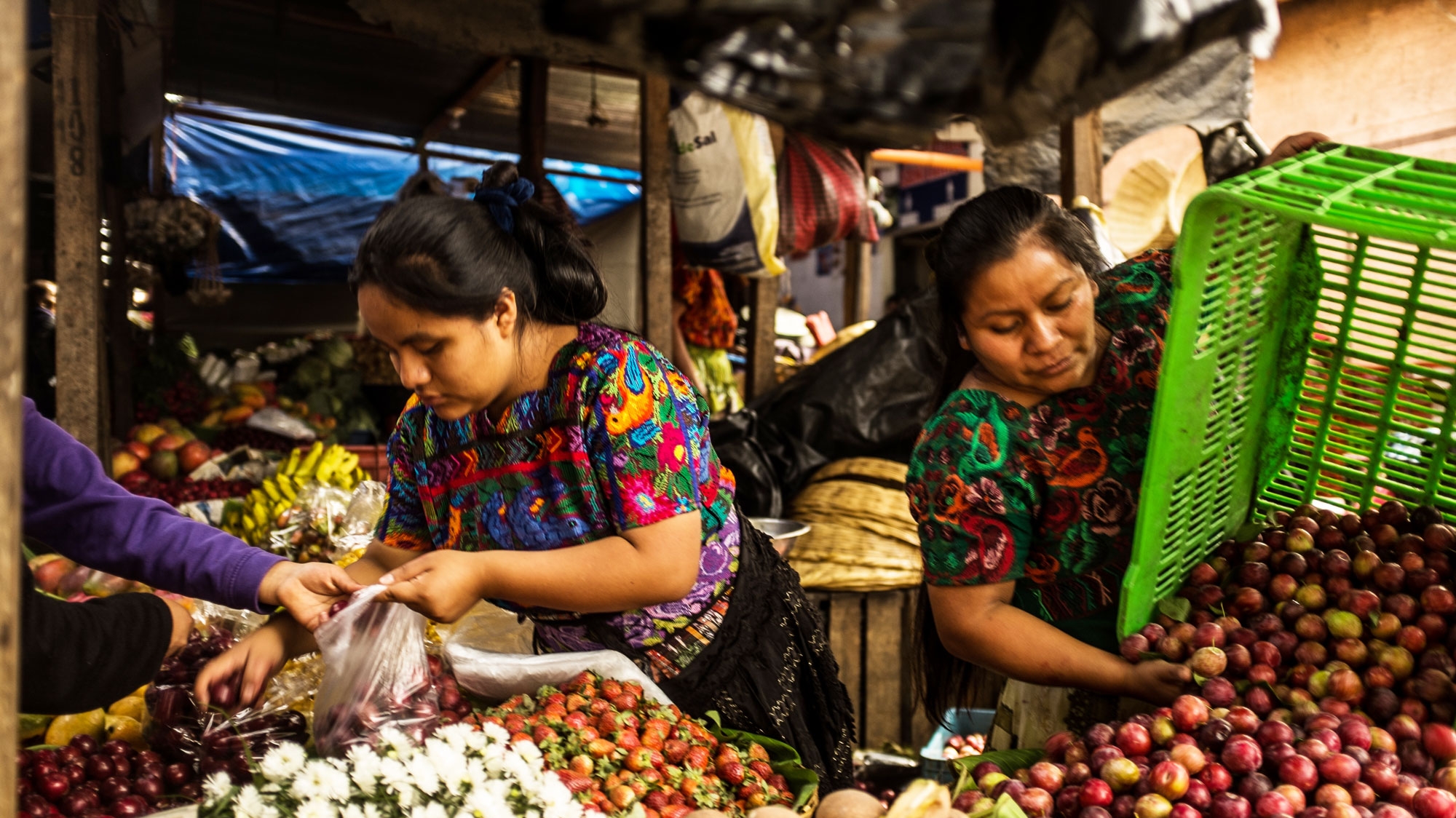The next time you open your pantry or refrigerator, take a minute to list the foods stored there. Do you know who is responsible for getting those foods to your table? Contrary to what you may think, women contribute to at least half of food production worldwide.
This is what experts call the “feminization of the field.” In Latin America and the Caribbean, between 8% and 30% of agricultural production is managed by women, according to the United Nations Food and Agriculture Organization (FAO). But far from being a recent trend, this is a centuries-old reality that has only been recognized in the last few years.
“In Latin America, women have always worked in agriculture, but they were never in charge of their farms like they were in other regions of the world,” said Barbara Coello, a rural economist specializing in gender and nutrition and a World Bank consultant. “These statistics only became available recently.”
Women’s participation has become especially evident in Central America, where many male farmers migrated to the United States in search of better employment opportunities, leaving their spouses and children behind.
Until very recently, it was thought that rural women who received funds from abroad – in Central America, remittances total an estimated US$15 billion annually– had abandoned farming. But that was not the case.
“Migration is making the key role of women in agriculture increasingly visible,” according to the expert. She confirmed this during interviews in southeast Guatemala, where women reported having no choice but to continue farming to feed their families.
To the extent that immigration has become riskier and more expensive, and male migrants spend longer periods away from their families, women in rural areas are taking a more active role in decision-making associated with agriculture.
“There is widespread malnutrition among our children; we can reduce it by diversifying foods,” said Laura, a leader of a rural women’s organization in Guatemala.
Although their household vegetable gardens do not contribute to expanding the agricultural sector, they do provide a reliable source of diverse foods during periods of instability or when markets are far from their homes.
Discriminated Against on their Own Land
Although this situation is more frequent where migration to other countries is commonplace, Latin American women are increasingly taking over to ensure the productivity of their lands.
Chile leads the list of Latin American and Caribbean countries, with 30% of agricultural production in the hands of women, followed by Panama (29%), Ecuador (25 %), Haiti (25 %) and Nicaragua (23%).
“My husband is only here on the weekends because he works in the city. I’m responsible for all of this [the rest of the week],” said Norma, looking at her more than 200 goats, which are in a pen she fashioned herself in Los Cardones, in northern Argentina.
Despite some improvement, the farms managed by women tend to be smaller and less fertile. Additionally, women have less access to credit, technical assistance and training.
This is particularly obvious in Guatemala. “Women have a shortage of manual labor,” said Coello, “and are discriminated against by day laborers, for whom the idea of having a female boss is still not part of the local culture.”
In effect, in Latin America, four of every 10 rural women over age 15 do not have their own income. Nevertheless, they work hard every day, according to the FAO.
Caretakers of Nutrition
“The woman is the link between food and people,” said the expert. This was confirmed in a World Bank report, which found that women participate in all stages of the process, from producing to processing to selling foods.
For example, women participate in every stage of livestock production, from caring for the animals to preparing and selling the animal products.
Rural women play a key role in developing an agriculture that allows for improving food security in Latin America.
This is a major issue given that in the region, millions of low-income families, particularly in rural areas, suffer from deficiencies of micronutrients such as iron, zinc and Vitamin A. This has serious consequences for health, survival and the optimal cognitive development of vulnerable populations, such as pregnant women and children during the first 1,000 days of life.
On the other hand, the poor rural population of the region has high rates of obesity, comparable to those of higher-income countries.
This paradox is particularly evident in countries such as Guatemala, where the agricultural sector has reached sophisticated levels, contributing to 10.2% of GDP and approximately half of the country’s exports, but whose population has the third highest chronic malnutrition (stunted growth) rate in the world (54.5%).
According to Coello, it is necessary to implement measures that can help women improve their agricultural yields, such as including them in agricultural and technical assistance services and increasing their access to credit, training, technology and agricultural inputs.

